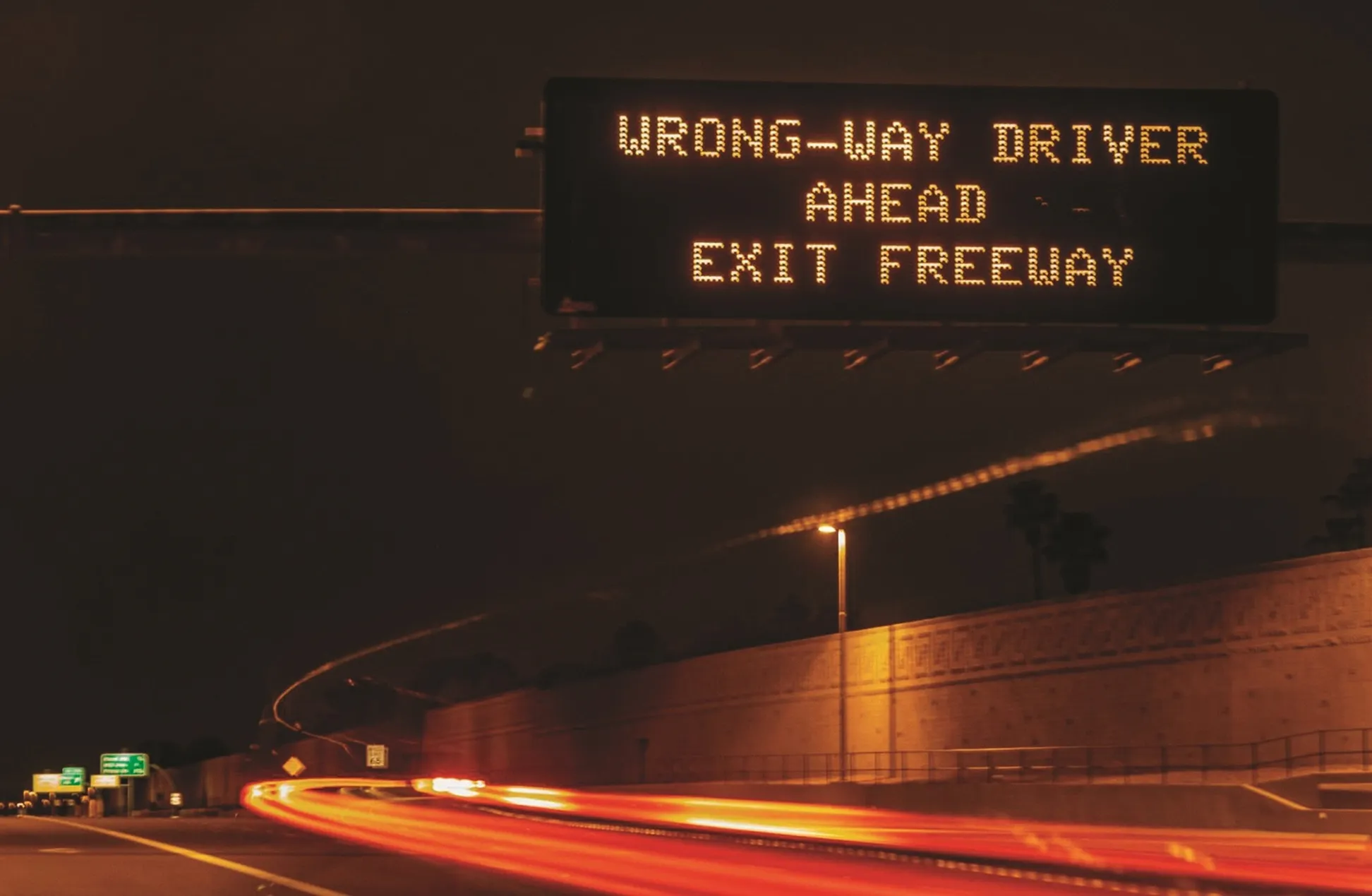The Nevada Department of Transportation has launched a project to install enhanced roadway signage, ramp meters, wrong-way driver detection systems and more to help improve traffic safety and mobility on US 395 in the North Valleys. The project commences in early April and will continue through to 2018.
Ramp meters, or traffic signals, will be placed at the top of certain freeway on-ramps, to help reduce congestion and enhance safety by more evenly metering the flow of traffic merging onto freeways.
April 13, 2017
Read time: 2 mins
The Nevada Department of Transportation has launched a project to install enhanced roadway signage, ramp meters, wrong-way driver detection systems and more to help improve traffic safety and mobility on US 395 in the North Valleys. The project commences in early April and will continue through to 2018.
Ramp meters, or traffic signals, will be placed at the top of certain freeway on-ramps, to help reduce congestion and enhance safety by more evenly metering the flow of traffic merging onto freeways.
Existing wrong way driver detection systems on freeway ramps will be enhanced by additional flashing warning signals and detection systems as a highly-visible and additional indication to help stop drivers from entering the wrong way.
In addition to additional electronic freeway signs and roadway weather reporting stations, roadside travel time signs will provide drivers with current travel times, while traffic cameras will provide real-time views of traffic conditions, enabling drivers to make informed travel decisions.
Ramp meters, or traffic signals, will be placed at the top of certain freeway on-ramps, to help reduce congestion and enhance safety by more evenly metering the flow of traffic merging onto freeways.
Existing wrong way driver detection systems on freeway ramps will be enhanced by additional flashing warning signals and detection systems as a highly-visible and additional indication to help stop drivers from entering the wrong way.
In addition to additional electronic freeway signs and roadway weather reporting stations, roadside travel time signs will provide drivers with current travel times, while traffic cameras will provide real-time views of traffic conditions, enabling drivers to make informed travel decisions.








